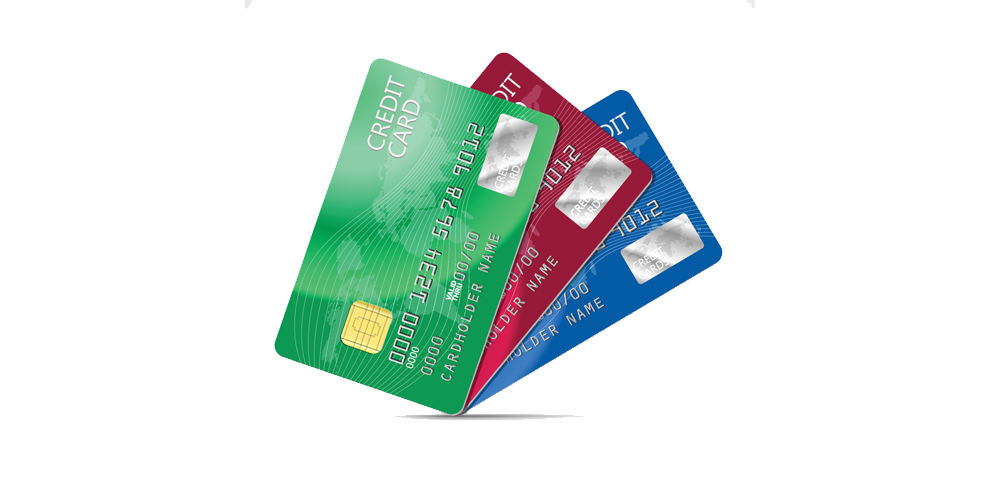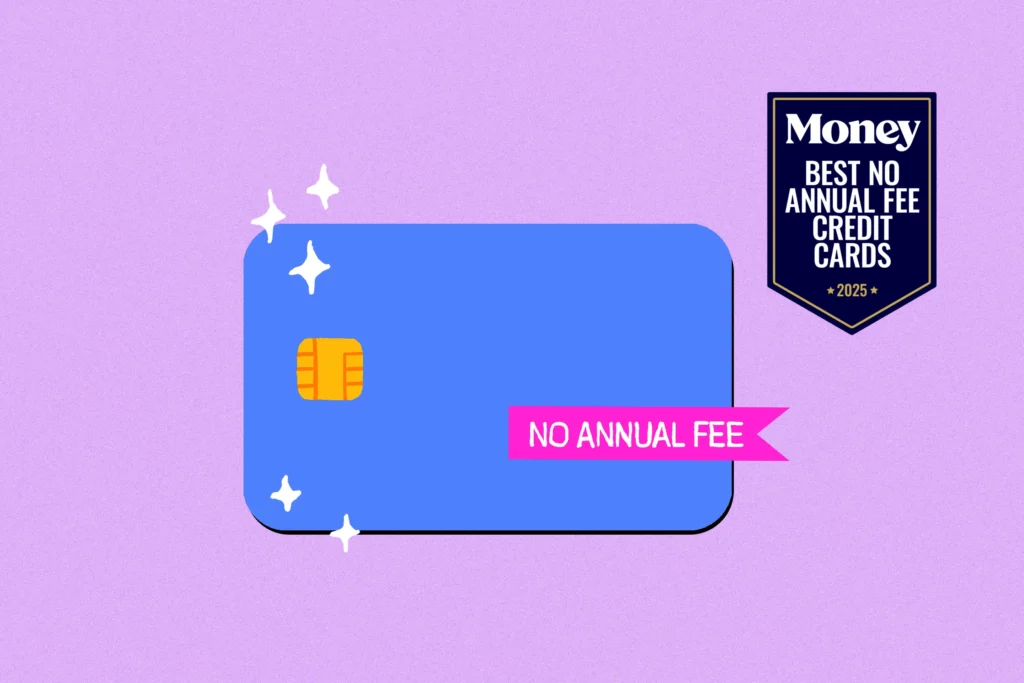In today’s diverse financial landscape, credit cards are far more than just tools for making purchases; they are integral components of our financial lives. From building credit history and offering convenience to providing valuable rewards and protections, a well-chosen credit card can significantly enhance your financial well-being. However, with an overwhelming array of options — each boasting unique features, fees, and benefits — the process of selecting the “best” credit card can feel like navigating a labyrinth. The truth is, there’s no single “best” card for everyone. The optimal choice is deeply personal, intrinsically linked to your unique lifestyle, spending habits, and financial goals.
This comprehensive guide will equip you with the knowledge and a systematic approach to identify the credit card that doesn’t just sit in your wallet, but truly works for you, aligning seamlessly with your day-to-day life and future aspirations.
Beyond the Hype – Understanding Your Financial Habits
Before you even begin to compare interest rates and reward points, the most crucial step is to conduct an honest self-assessment of your financial behavior. This introspection will serve as your compass, guiding you towards the most suitable card type.
- Analyze Your Spending Patterns:
- Where do you spend most? Are you a frequent flyer or a road warrior? Do you dine out often, or is your grocery bill the largest expense? Do you rely heavily on online shopping, or do you prefer gas stations for your daily commute? Some cards offer accelerated rewards in specific categories (e.g., 5% back on groceries and gas), while others provide a flat cash back rate on all purchases. Understanding your spending will help you maximize rewards.
- How much do you spend monthly? This influences whether a card with an annual fee is worthwhile. If your spending is low, the rewards might not offset the fee.
- Assess Your Payment Habits: Do You Carry a Balance or Pay in Full?
- This is arguably the most critical question. If you consistently pay your credit card balance in full every month, the Annual Percentage Rate (APR) becomes largely irrelevant to you. In this scenario, your focus should heavily lean towards maximizing rewards, sign-up bonuses, and perks.
- However, if you anticipate carrying a balance from month to month, even occasionally, a low APR card is paramount. The interest accrued on a high-APR card can quickly negate any rewards earned, potentially leading to significant debt. In this case, a 0% introductory APR offer on purchases or balance transfers could be a lifeline.
- Know Your Credit Score:
- Your credit score (e.g., FICO or VantageScore) is a numerical representation of your creditworthiness. Lenders use it to determine your eligibility for specific cards and the interest rate you’ll be offered.
- Excellent Credit (740+): You’ll likely qualify for the most premium cards with the best rewards, perks, and lowest APRs.
- Good Credit (670-739): Many excellent options are available, though some top-tier cards might be out of reach.
- Fair Credit (580-669): Options become more limited, often with higher APRs and fewer rewards. Secured cards or student cards may be good starting points.
- Poor Credit (Below 580): Your options are primarily secured cards or credit builder cards designed to help you establish or rebuild credit.
- Define Your Financial Goals:
- Are you looking to build credit from scratch?
- Do you want to consolidate high-interest debt?
- Is your primary goal to earn travel rewards for a dream vacation?
- Are you interested in maximizing cash back to supplement your income?
- Understanding your goal helps narrow down the vast number of options.
Deciphering Credit Card Types – Which One Suits You?
Once you understand your financial habits, you can explore the different types of credit cards designed to meet specific needs.
- Rewards Cards:
- Cash Back Cards: Offer a percentage of your spending back as cash, statement credit, or direct deposit.
- Flat-Rate: A fixed percentage on all purchases (e.g., 1.5% or 2% cash back). Simple and versatile.
- Tiered/Rotating Categories: Offer higher percentages in specific categories that may change quarterly (e.g., 5% on groceries this quarter, 5% on gas next quarter). Requires more active management but can yield higher rewards if aligned with your spending.
- Travel Rewards Cards: Accumulate points or miles that can be redeemed for flights, hotel stays, car rentals, or travel experiences.
- General Travel Cards: Points are flexible and can be transferred to various airline or hotel partners, or redeemed through the issuer’s travel portal.
- Airline/Hotel Co-branded Cards: Offer specific perks and elevated earning rates with a particular airline or hotel chain (e.g., free checked bags, elite status, free night certificates). Best for brand-loyal travelers.
- General Rewards Cards: Offer points that can be redeemed for a variety of options, including merchandise, gift cards, or travel through a proprietary portal.
- Cash Back Cards: Offer a percentage of your spending back as cash, statement credit, or direct deposit.
- Low APR / Balance Transfer Cards:
- Designed for individuals who frequently carry a balance or wish to consolidate existing high-interest debt. These cards often feature an introductory 0% APR period (typically 6-21 months) on purchases, balance transfers, or both. After the introductory period, a variable APR applies. Crucial for saving money on interest payments.
- Secured Credit Cards:
- Ideal for those with poor or no credit history. These cards require a security deposit (typically equal to your credit limit), which mitigates risk for the issuer. With responsible use (paying on time and keeping utilization low), they are excellent tools for building a positive credit history.
- Student / Beginner Cards:
- Tailored for young adults and first-time cardholders, often featuring lower credit limits and some basic rewards. They serve as a stepping stone to more advanced credit products.
- Business Credit Cards:
- Specifically for entrepreneurs and small business owners, these cards help separate business and personal expenses, offer business-specific rewards, and provide tools for expense tracking.
- Premium/Luxury Cards:
- Come with high annual fees (often $400-$700+), but offer a wealth of exclusive perks like airport lounge access, concierge services, elite status with travel partners, travel credits, and extensive insurance benefits. Only worth it if you can fully utilize the benefits to offset the fee.
Key Factors to Consider Before You Apply
Once you’ve identified the type of card that aligns with your lifestyle, it’s time to dive into the specifics of individual card offers.
- Annual Fees:
- Is there an annual fee? If so, is the value of the rewards, sign-up bonus, and perks enough to justify it? For example, a travel card with a $95 annual fee might offer a free checked bag on a specific airline, potentially saving you hundreds if you travel frequently.
- Many excellent cash back and low APR cards have no annual fee, making them a popular choice for simplicity.
- Interest Rates (APR):
- If you plan to carry a balance, the APR is paramount. Compare rates carefully. Remember that the advertised APR is usually a range, and your specific rate will depend on your creditworthiness.
- Pay close attention to introductory 0% APR periods – their duration and what the rate jumps to afterwards.
- Rewards Structure:
- How do you earn points or cash back? Are there bonus categories?
- How do you redeem rewards? Is it easy and flexible, or are there restrictions or complicated redemption processes?
- Do points expire? Are there minimum redemption amounts?
- Sign-Up Bonuses:
- These are significant one-time rewards offered for meeting a spending threshold within a certain period (e.g., spend $3,000 in the first three months and get 50,000 bonus points).
- While attractive, never spend more than you normally would just to hit a bonus. Ensure the spending requirement is achievable within your regular budget.
- Foreign Transaction Fees:
- If you travel internationally or make purchases from foreign merchants online, a card with no foreign transaction fees (typically 2-3% of each transaction) is a must-have.
- Other Fees:
- Be aware of potential fees for late payments, balance transfers (usually 3-5% of the transferred amount), and cash advances (often high fees and interest accrues immediately).
- Perks and Benefits:
- Beyond rewards, many cards offer valuable benefits like extended warranties on purchases, purchase protection against theft or damage, rental car insurance, travel insurance (trip cancellation/interruption), price protection, and concierge services. Evaluate which of these benefits are genuinely useful to your lifestyle.
- Customer Service and Issuer Reputation:
- Research the credit card issuer’s reputation for customer service. Online reviews can provide insights into how they handle disputes, inquiries, and technical issues.
The Application Process and Beyond
Once you’ve narrowed down your choices, consider using pre-qualification tools offered by many issuers. These tools allow you to see if you’re likely to be approved without a hard inquiry on your credit report, which can temporarily lower your score.
When you’re ready to apply, ensure you provide accurate information. Avoid applying for multiple credit cards simultaneously, as this can signal desperation to lenders and negatively impact your credit score.
After approval, the journey doesn’t end there. Responsible credit card usage is key to maintaining good credit and leveraging your card’s benefits effectively:
- Pay your bills on time, every time. This is the single most important factor in your credit score.
- Keep your credit utilization low. Aim to use less than 30% of your available credit limit (e.g., if your limit is $1,000, try to keep your balance below $300).
- Regularly review your statements for errors or fraudulent activity.
- Understand your card’s terms and conditions.
Conclusion
Choosing the best credit card for your lifestyle is a strategic decision that can significantly impact your financial health and opportunities. By honestly assessing your spending habits, understanding your payment preferences, knowing your credit score, and aligning your choice with your financial goals, you can navigate the complex credit card market with confidence. Remember, your financial landscape evolves, and so should your credit card portfolio. Periodically review your card’s benefits and your spending patterns to ensure your chosen card continues to serve your best interests, unlocking its full potential to support your financial journey.




